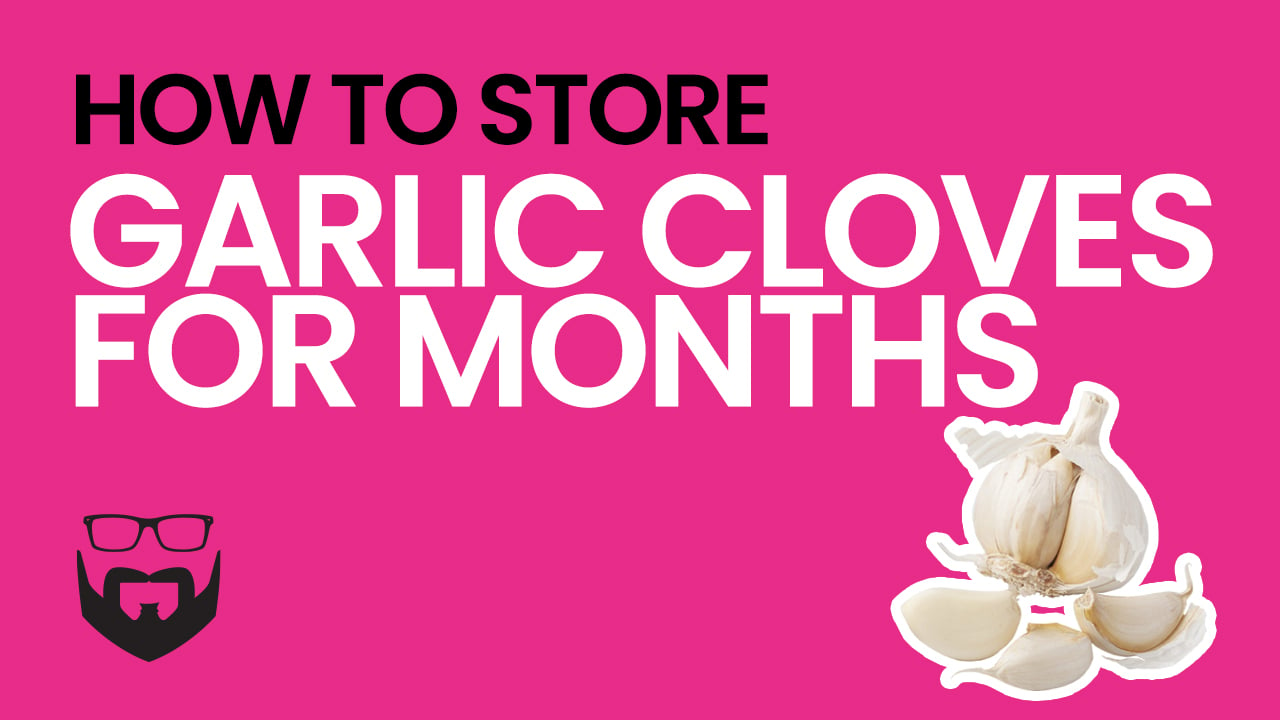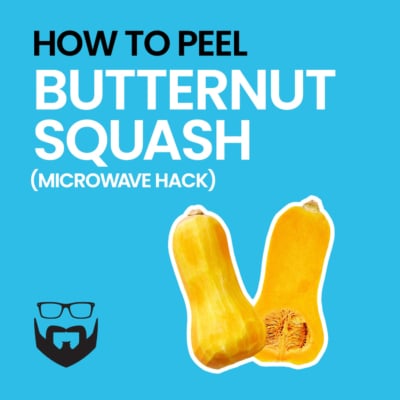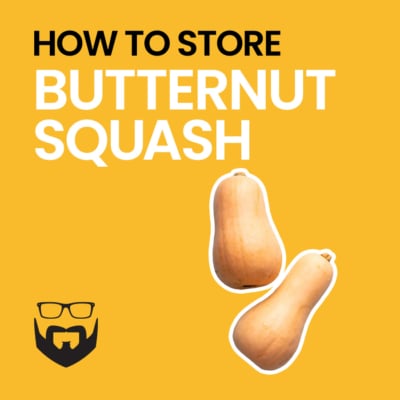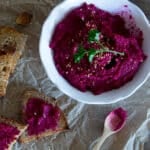What is Garlic
Garlic is a flowering plant also known as an allium. Its relatives include the onion, shallot, leek, and more. The word comes from the Old English word garleac where gar means spear and leac means leek, so a spear-shaped leek. The plant’s stem can grow up to 3-feet tall, like a spear.
What Garlic Tastes Like
Fresh garlic gets its sharp spicy flavor from sulfur-based compounds housed within the clove’s cells. When a clove of garlic is chopped or chewed, enzymes in the clove then trigger the breakdown of those compounds. The result is newly created compounds. Those compounds are what you smell and taste. When cooked, heat transforms those compounds even further, giving garlic a slightly sweet and almost buttery flavor.
How to Buy American Garlic
I’m just gonna say it. Buy American grown garlic. Why? A lot of times the regulations in other countries for how food is grown, handled, transported, and stored is…suspicious to say the least. But U.S. standards are high.
So how do you know if it is U.S. grown? The roots. American grown garlic still has the roots attached. All imported garlic has the roots chopped off. The more you know!
How Is Garlic Used
Garlic is used around the world for its strong, spicy, and distinct flavor. The plant’s bulb is the most commonly used part, specifically the cloves. But other parts are also edible.
The leaves and flowers are sometimes eaten. Garlic that has yet to mature is sometimes pulled early and sold as green garlic, used much like that of a green onion. Additionally, immature stems (typically referred to as scapes) are sometimes used just like asparagus.
Rarely eaten parts of the garlic plant include the white papery skin that covers the cloves. But you can in fact eat garlic skin!
Culinary Use
Native to Asia, garlic has a long culinary history that spans several thousands of years. It was cultivated in Mesopotamia for over 4,000 years. Consumed both by ancient Greek and Roman soldiers, sailors, and the rural classes, and well-preserved garlic was even found in the tomb of Tutankhamun!
Other Uses
Garlic has been used in folk medicine everywhere from China to Egypt to Rome. Pliny named numerous conditions in which garlic was beneficial in his encyclopedic work, Natural History. And modern research continues to study the medicinal potential of garlic to this day.
How to Peel Garlic
When it comes to peeling a bulb of garlic, you have options. My favorite method for peeling a whole bulb is the jar method. Add the bulb to a quart-sized mason jar with the lid. Make sure the lid is on tight. Then shake the hell out of the jar for about 10 seconds or so. The white papery skin from the bulb will fall off but the cloves themselves will also be peeled.
How to Store Peeled Garlic
Place your peeled garlic in a container such as a mason jar. This goes without saying but I am going to say it: use a clean jar. You want to choose a jar that once filled with garlic has about 1 inch or head room.
Now fill the jar with white vinegar. Yes, you can really use any kind of vinegar. But white vinegar is easiest to use once the garlic has been used up. You want to make sure to completely cover the garlic with the vinegar.
Seal the jar and keep it in the fridge. Kept this way, the garlic cloves will last for months and months.
Different Colored Garlic
Storing garlic this way can have a few results. First, the color of the garlic may change. I have not had this happen too often, but it can change in color. Due to pigments in the garlic, the vinegar can turn it blue or purple over time. It is still completely safe to eat.
Stored this way, the garlic may also soften slightly. This can make chopping it tough. I recommend using a microplane to grate it or a garlic press.
Use the Vinegar
One benefit of this method is the leftover garlic-infused vinegar. While storing your garlic this way doesn’t really change the taste of the garlic, the vinegar itself will be infused with delicious garlic! Don’t throw it out though. You know, food waste. We throw out 40% of the food grown in this country. You can use the infused vinegar for your next salad or marinade.
Don’t Store Garlic in Olive Oil
Look, you can store your garlic in olive oil. You can. For everyone who has commented on my video that they do it this way, I am super glad you have had zero issues. I seriously am. But you can do lots of risky things and sometimes it works out. The thing is, I see no benefit to the risk here.
What’s the risk: botulism.
Botulism spores found in soil are harmless when there is oxygen present. But when you cover garlic in olive oil, you create oxygen-free opportunities between the garlic and the olive oil. This is with any oil. This environment, especially where the temperature is above 50 degrees F promotes the growth of those spores.
I know what you are thinking. I keep it in the fridge, Becky!
First, stop calling me Becky! Secondly, stored this way, in the fridge, even the USDA doesn’t recommend doing it for more than 7 days. So 4 months or more in vinegar or 7 days in oil with the risk of botulism. Choose your own adventure!
And if you do store it in oil, you should keep it at 40 degrees F in the fridge. And when you take it out to use it, you shouldn’t leave it out for more than 2 hours at room temperature. And no more than 1 hour if it is hot out!
Not. Worth. It.






